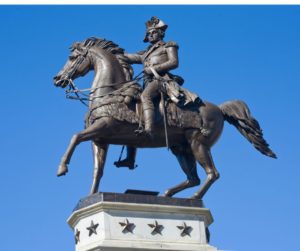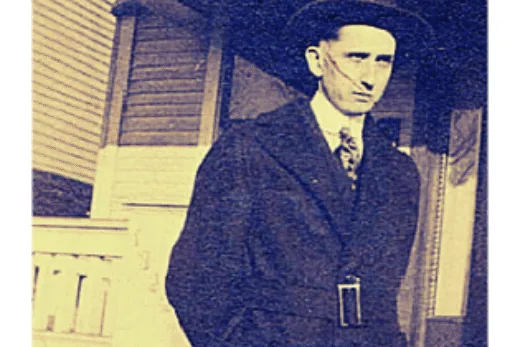This story is an excerpt from my book, A Stroll Through American History.
George Washington The Soldier
George Washington was a fairly big man but not a giant. He was 6’ 2” tall and weighed in at over 175 pounds.
I don’t believe there’s any doubt that George Washington was courageous. He was a military leader who, not unlike great military leaders of the past, stood with his men and not at a distance.
George Washington’s courage is quite easily identified by the manner in which he handled himself on the battlefield.
Battle of the Monongahela, July 9, 1755
The purpose of this little story is to show the courage and the quick thinking of young George Washington under battlefield conditions.
This story starts well before the American Revolution, when George Washington was in his early twenties.
The Battle of the Monongahela took place during the French and Indian War. This is the American portion of the larger European Seven Years’ War that England fought with France (1756-1763).
British General Braddock was ordered to take from the French what was, at that time, called the “Ohio Country”. Braddock’s aide was Virginia Militia Lieutenant Colonel George Washington.
Braddock’s objective was Fort Duquesne, which is located at a key point, where the Monongahela and Allegheny Rivers meet to form the Ohio River.
The French and Indians ambushed General Braddock’s forces while they were marching toward Fort Duquesne.
The British army was accustomed to European style open-field fighting and not to fighting in a forested area. The British were crushed.
Of the approximately 1,300 British troops in the battle, the French and Indians killed 456 outright and wounded 422. Commissioned officers were prime targets; out of 86 officers, 26 were killed and 37 wounded. Those are extremely heavy casualties: total 67%, officers 73%.
Estimates vary about the French and Indian force but it was smaller than the British force and casualties were much lower in number.
During the fighting, Lieutenant Colonel George Washington, age 23, was constantly riding during the battle to deliver General Braddock’s orders.
General Braddock’s Death
The British killed General Braddock and shot every officer on horseback, except George Washington.
During the battle, Washington had two horses shot from under him and his coat had four bullet holes.
Washington was the senior surviving officer still standing and he led the remaining British forces to safety.
One more point. Prior to leaving the scene, Washington buried General Braddock. Washington was afraid that if the grave were found, Braddock’s body would be desecrated. Washington buried General Braddock in the middle of the dirt road and had wagons roll over and soldiers march over the grave such that the enemies wouldn’t discover it.
As a personal note, I doubt that schools today teach about General Braddock’s grave. I learned about it in elementary school.
For his actions at the Battle of the Monongahela, Lieutenant Colonel George Washington was proclaimed a hero and promoted to Colonel.
As an aside, even though Braddock’s campaign was a failure, in 1758 the British captured Fort Duquesne and renamed it Fort Pitt. That area is now the city of Pittsburg.
This story is an excerpt from my book, A Stroll Through American History.




